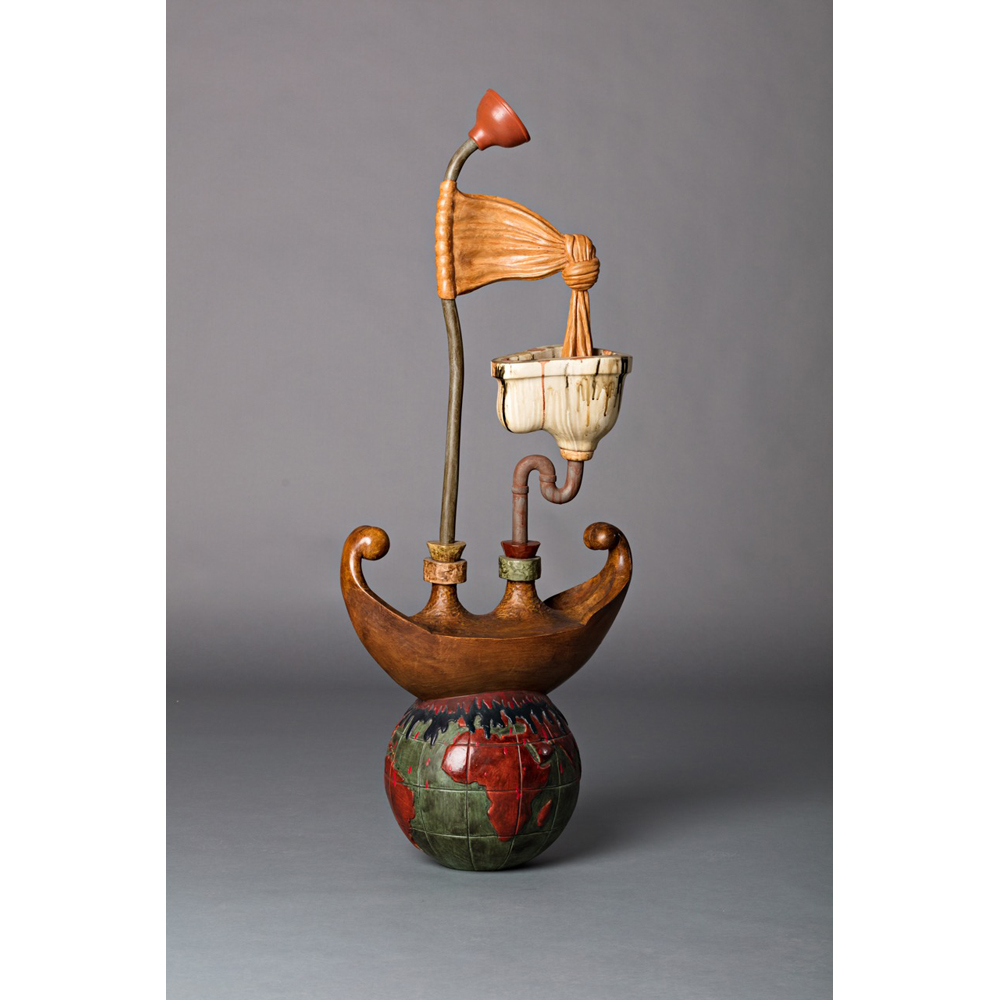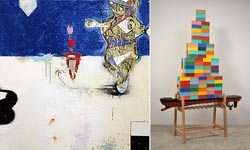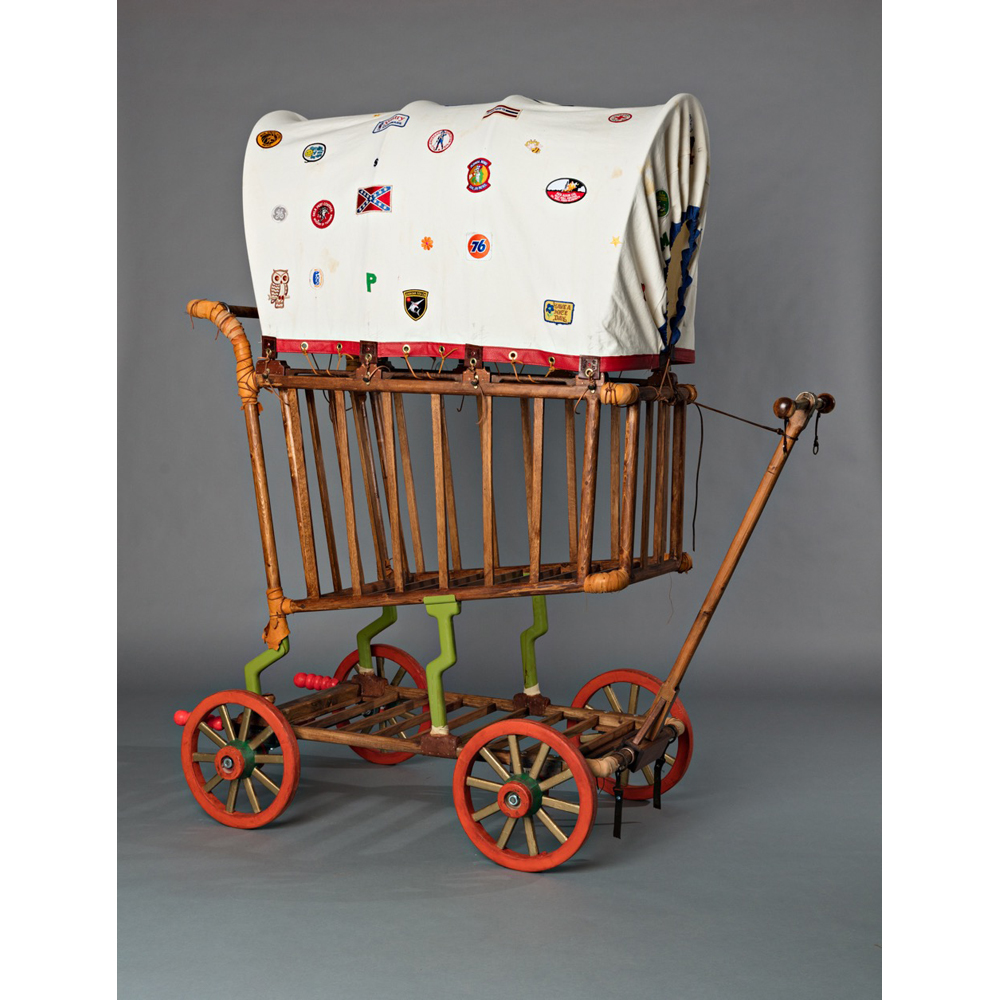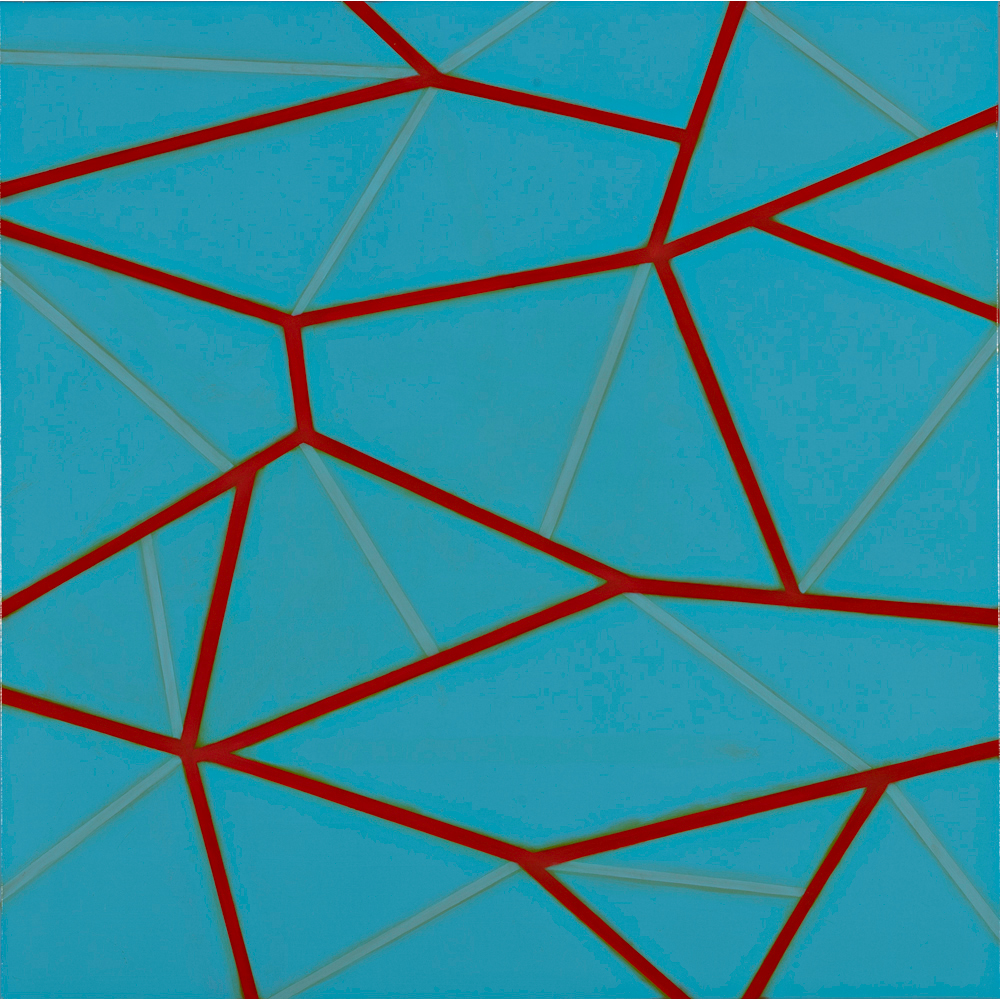May 18 – June 6, 2018 | Jamie Brunson & Walter Robinson: Coded Language




Opening Reception Friday, May 18, 5-7pm
Walter Robinson and Jamie Brunson are two extraordinary artists from the San Francisco Bay area who have recently relocated to Santa Fe. Both of their works have been widely exhibited and collected in private and museum collections internationally. Currently, Robinson’s sculpture is on exhibit in Luxembourg, as well as in Albuquerque museum 516 Arts’ “21st Century Cyphers” exhibition. Robinson will speak about his works in Albuquerque at 516 Arts on June 7. Jamie Brunson recently wrapped up a museum exhibition in California. Though the two artists have been partners for several years, they do not collaborate. In fact, both their works and the visual language they each employ are radically different from one another.
In order to communicate with the world outside their own minds, both Robinson and Brunson have created distinct visual languages unique unto themselves. Walter Robinson’s visual language is sculptural, highly political, stemming from his upbringing in a multi-lingual family that included a cryptographer during the Cold War era. Robinson assembles visual phrases through amalgamations of found and hand hewn objects. Often, he incorporates cryptic messages in his works, using either word cross tactics, or by juxtaposing objects in a manner that frames a new view. Robinson’s newest work, “Tumbril”, addresses current societal issues such as consumerism, expansionism, and Manifest Destiny. “Tumbril” is defined as “A farm dump cart for carrying dung; carts of this type were used to carry prisoners to the guillotine during the French Revolution.”
In “Tumbril”, the cart is another form of consumption, and the cart is empty. The logos on the covered roof equate product placement. The companies featured are benefitting from the exposure on the cart, buying their way into our contemporary consciousness by adding themselves to this cart’s journey. The visual images on the patches are like logos for societal beliefs, which are marketed like actual consumable products. Whether we buy into the beliefs or ideologies behind these images represented on the patches or not, by consuming certain products or aspects delivered to us by those ideologies, we may be consuming and literally “buying” into them involuntarily, unknowingly, or subconsciously.
Jamie Brunson’s works are two dimensional paintings of her meditative experience. Rather than combining concrete forms into new structures (as Robinson does), Brunson uses color as her visual code. Taking her spectrum from her Kundalini yoga and meditation practice, Jamie Brunson uses hues as her visual “words”. A painting like “Matrix” combines hues of deep red and teal blue. The red represents strength of emotion, while blue is the cool calm of intellect as well as serenity. Blue and red represent the two poles of the electromagnetic spectrum of visible light. At the low end is blue; the high end is red. By combining these two colors in one painting, Brunson communicates the interconnectedness of all beings.
Work in the exhibition may be viewed here.
For more information and high resolution images, please visit https://www.turnercarrollgallery.com/press-area/ or info@www.turnercarrollgallery.com
October 4 – 25, 2016 | Orlando Leyba and Walter Robinson: Symbol Pleasures

Symbol Pleasures
Squeak Carnwath, Walter Robinson, and Orlando Leyba all create abstract works of art that employ highly personalized symbolism. Yet, each of these artists has massive appeal in the art world at large. Their works are included in such impressive collections as The Metropolitan Museum of Art, Yale University Art Museum, Carnegie-Mellon University Art Collection, and San Jose Museum of Art. This exhibition at Turner Carroll will be the first time their works have been shown together, though their shared use of symbolic visual communication is undeniable.
Opening Reception Friday, October 7, 2016 from 5 to 7pm
[n.b. that this event takes place in Santa Fe]
April 29 – May 13, 2016 | Walter Robinson: Placebo
Robinson’s work investigates the mechanics of cultural and social anthropology. Using text and the strategies of appropriation, conflation, and dislocation, he uncovers the subconscious and biological human imperatives hidden beneath social, political, religious, and capitalist packaging. Robinson’s work has been featured in solo exhibitions at the San Jose Museum of Art and Villa Montalvo, as well as numerous group exhibitions across the United States and abroad.
His work is included in many public and private collections including the Museum of Contemporary Art San Diego, Crocker Art Museum, Nevada Museum of Art, San Jose Museum of Art, the di Rosa Preserve: Art & Nature, The Sheldon Museum of Art, and the Djerassi Foundation. His work received critical attention from a number of publications including Artforum, ArtReview, Vanity Fair, and the San Francisco Chronicle. This Turner Carroll exhibition is concurrent with Walter’s paintings featured in Alcoves 16/17.2 at the New Mexico Museum of Art, Santa Fe.
Brief talk by Walter Robinson Saturday, May 7 at 3 pm, Turner Carroll
Opening Reception Friday, May 6, 2016 from 5 to 7pm
[n.b. that this event takes place in Santa Fe]
September 25, 2008 | Museum on the Seam

Walter Robinson
A new wind is blowing across the Western world, even in the margins of the liberal left. A new wind that affects even those who until recently still believed in sharing equality and mutual respect with the other and commended the idea of multiculturalism. Cracks can now be found in the pillars supporting the Western ideologies that called for liberty and freedom of religion of the other living among them.
On the other hand, Europe awakens to a reality of a revolt on the side of its Muslim citizens, who were educated on the values and culture of the West. Muslims who recently immigrated to Europe join them and in a collective revolt they turn to the street to demonstrate and demand their right for religious equality and recognition as equal citizens.
The acknowledgment of the right for “liberty, equality, fraternity,” the motto of the French Revolution and a stepping stone in the history of Europe, was a founding moment that changed the face of society, granting it that precious freedom. And yet, in all probability the citizens of these countries had never foreseen that two hundred years later they would have to share this right with the mass of immigrants from Islamic countries who live among them today. Widespread objection to the Muslims’ different appearance, the traditional dress, the head covering, and other religious symbols attributed to them is emerging in the public sphere.
The Muslims, whose presence is increasingly noticed, sense discrimination and injustice, and do not hesitate to demonstrate. They do not necessarily feel grateful for the hospitality they have received in Europe. They also forgot the attitude toward liberty in their home countries. At any rate, they no longer feel like foreigners. The feeling of foreignness was replaced by a feeling of security for those who quickly adapted to the liberal spirit of the society into which they arrived and thereby, do not hesitate to demand an expression of Muslim law into local legislation.
Museum On The Theme Full Article



